FreeBSD 10.X Installation Steps on VMware Workstation 10
How to Install Step-by-Step Unix FreeBSD 10+ on VMware Workstation 10.
Some FreeBSD 10 New Features:
- New Package Management Tool: pkgng
- Tickless kernel Enhancing Laptops and VMs Performances
- The Native “BSD hypervisor” bhyve, a legacy-free hypervisor/virtual machine manager
To the FreeBSD Installation Guide Bottom Linkt to VMware Tools Installation that is Necessary for FreeBSD 10 desktops Mouse Integration on VMware Virtual Machine.
Just Take the Time of Carefully Looking, Reading and Following the Detailed Instructions and Commands Contained in this Guide.
-
Download FreeBSD 10 ISO Release.
-
Create a New Virtual Machine.
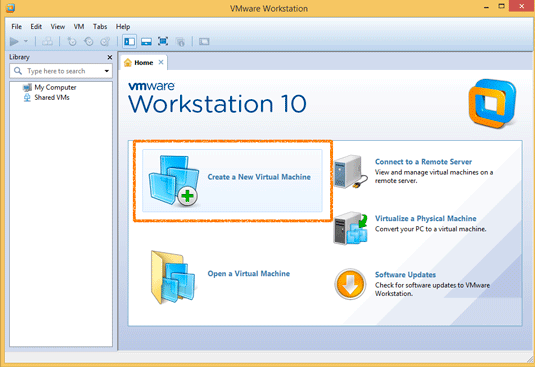
-
Choose the VM Typical SetUp.
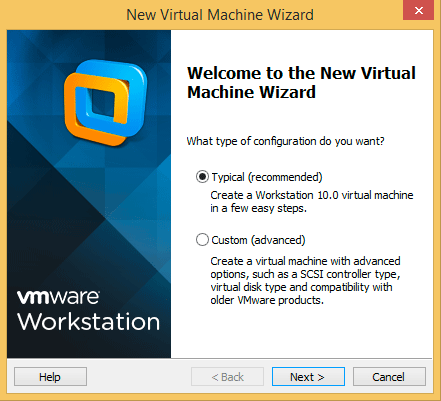
-
Select FreeBSD 10 ISO Image.
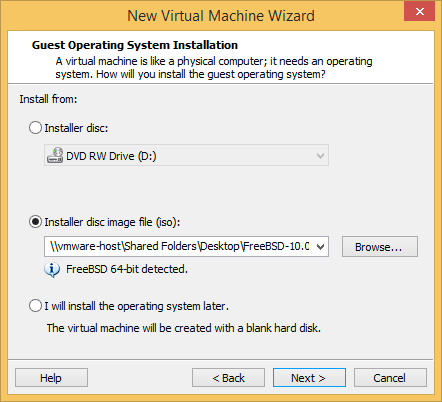
-
Naming as FreeBSD 10.
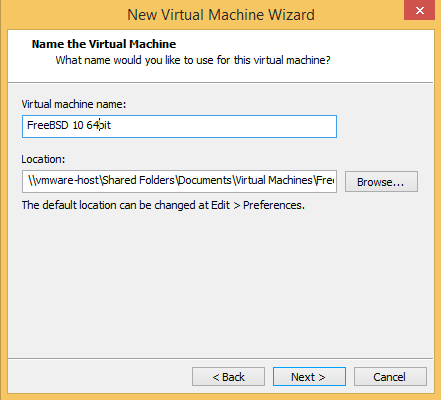
-
SetUp Disk as Undivided of at Least 64Gb.
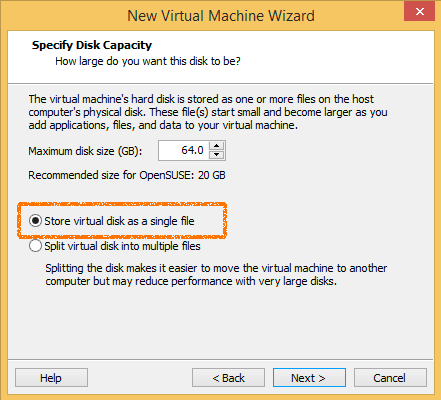
Take Note: The Disk is Auto-Growing and 64Gb will be Just the Biggest Size!
-
Then Click on Customize Hardware.
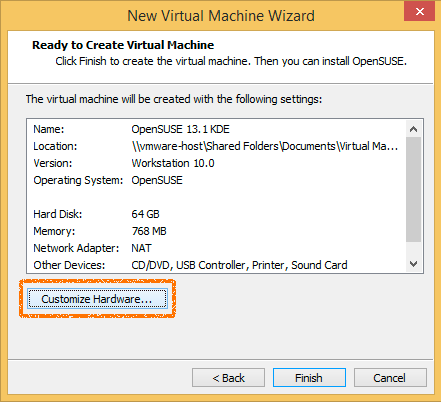
-
Set Up VM RAM Size.
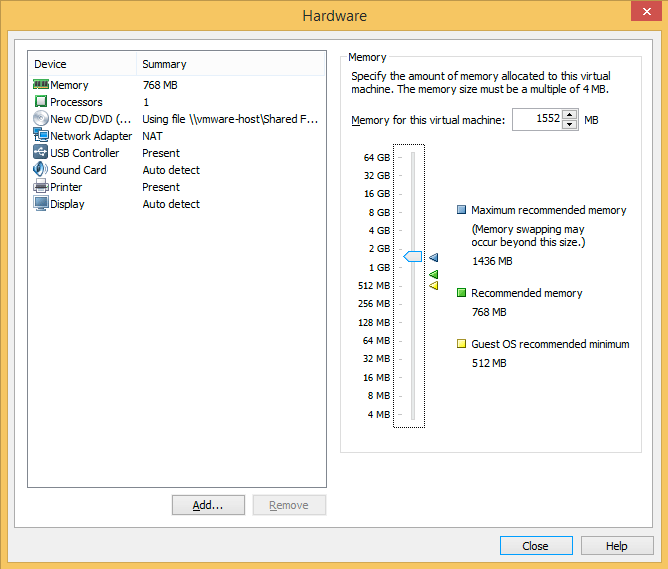
1-1.5Gb Recommended.
-
Finish VM SetUp.
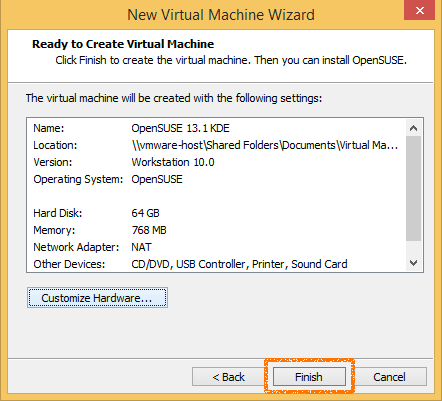
-
Boot the FreeBSD 10 Virtual Machine.
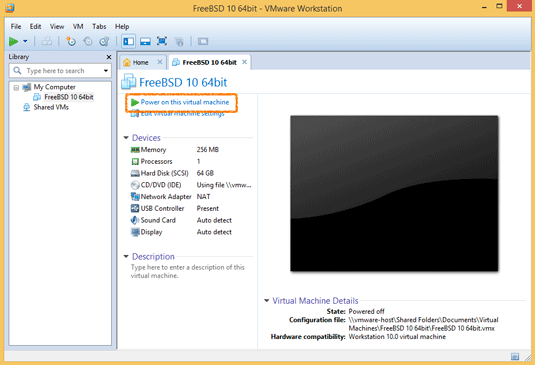
-
Enter to Start Installation
Use the Arrows, the Tab & Space Keys to Make/Switch Selections.
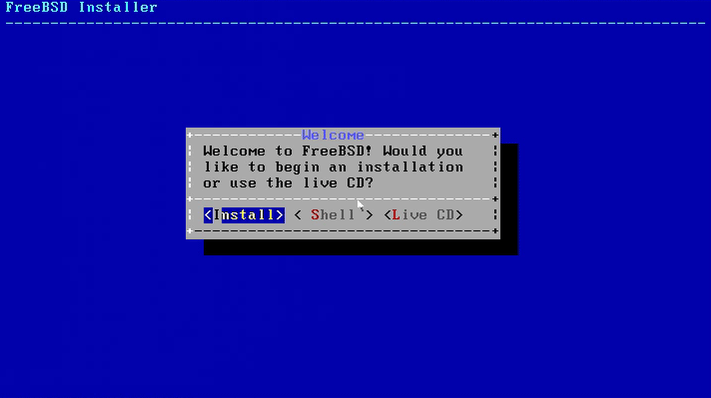
-
Set Up KeyMap
Use the Arrows to Change Selection.
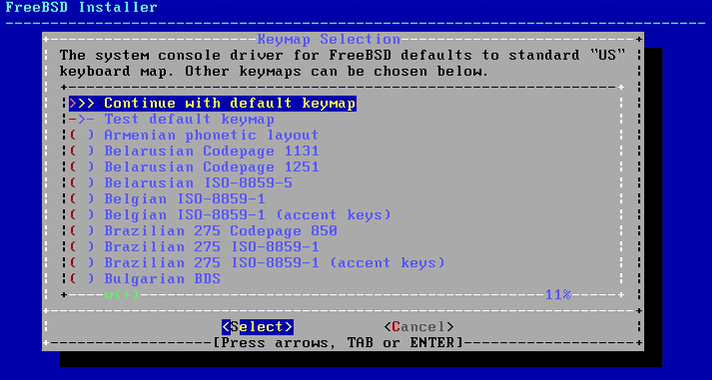
Then ‘Enter’ to Select.
-
Set HostName
‘localhost’ should be Fine.
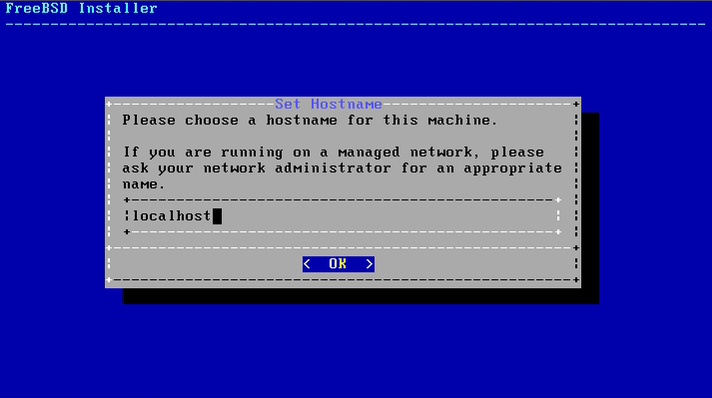
Again ‘Enter’ for OK.
-
Possibly Select Optional Components.
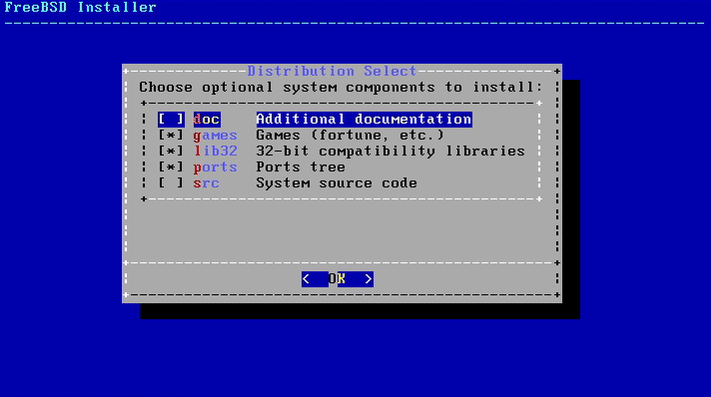
‘Enter’ for OK.
-
Start Partitioning.
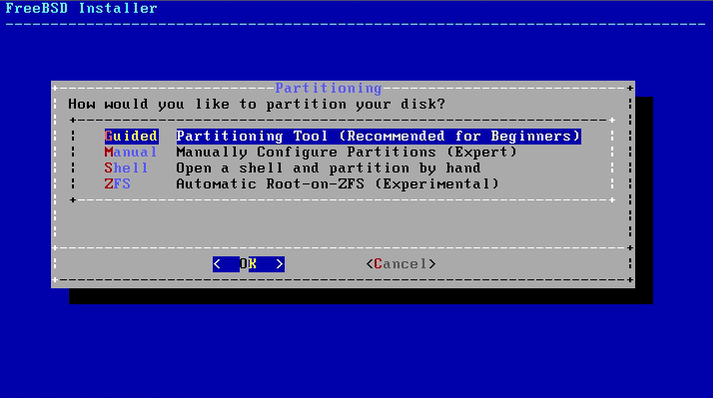
Just ‘Enter’ to Follow with Guided Partitioning.
-
Entire Disk Partitioning.
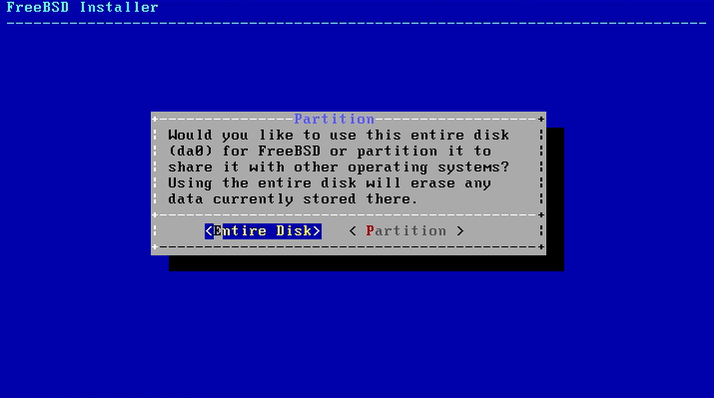
Press ‘Enter’ to Partitioning the Entire Disk.
-
Finish Partitioning.
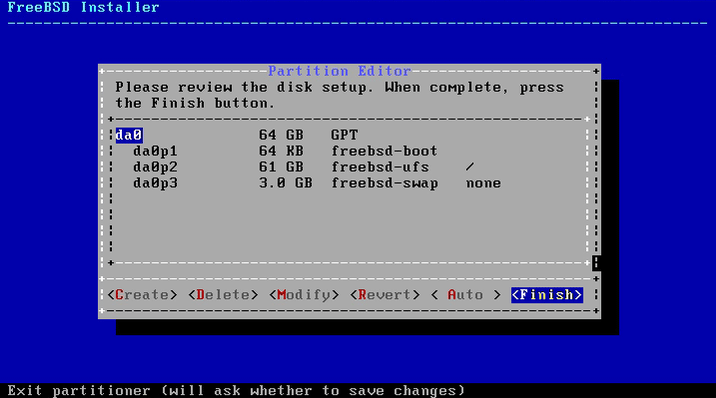
‘Enter’ to Finishing.
-
Set Up Root Pass
Take Note of the Root Pass!.
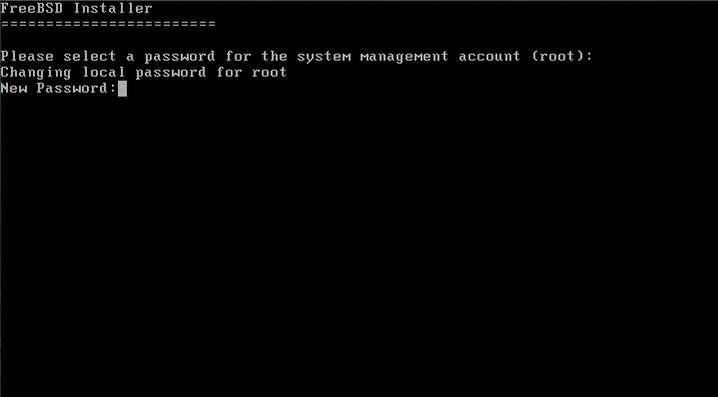
-
Start Network Config.
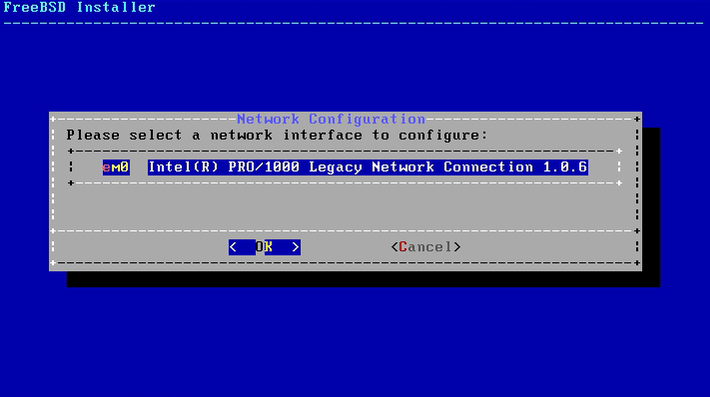
‘Enter’ to Starting Configuration.
-
Configure IPV4.
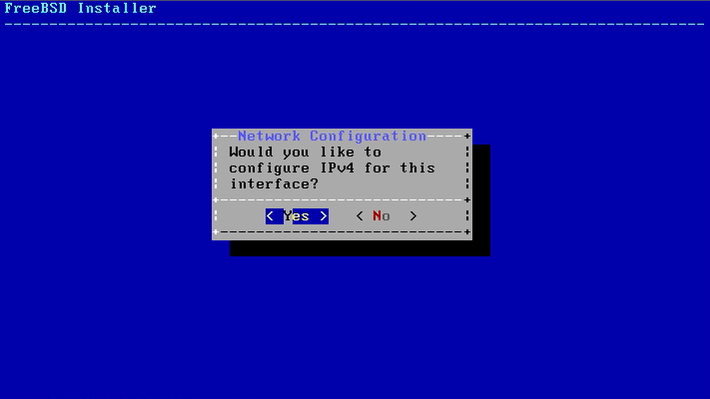
‘Enter’ to Confirm.
-
Configure DHCP.
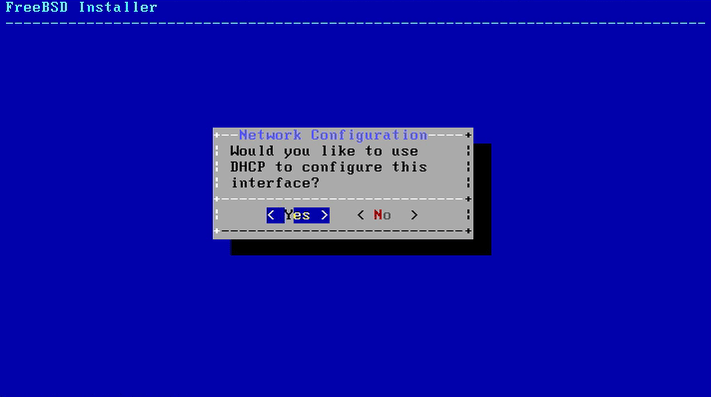
‘Enter’ to Confirm.
-
Configure IPV6.
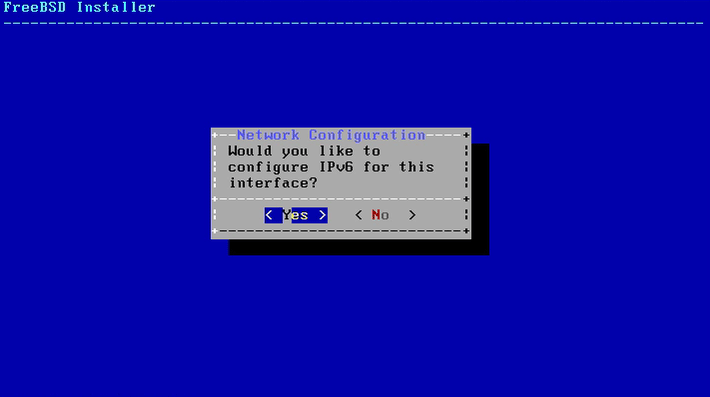
‘Enter’ to Confirm.
-
Configure SLAAC.
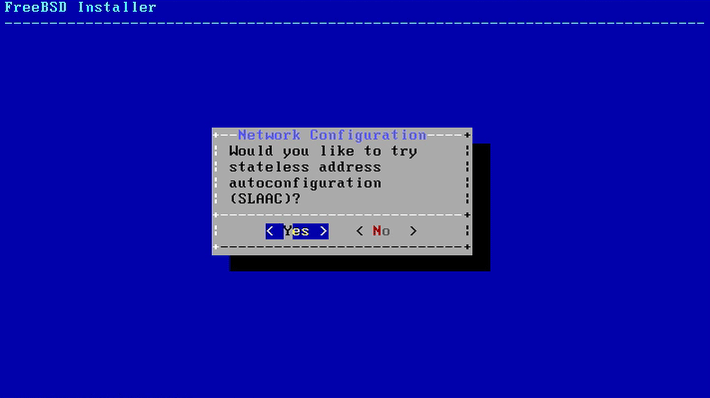
‘Enter’ to Confirm.
-
Setting Up Network Configuration.
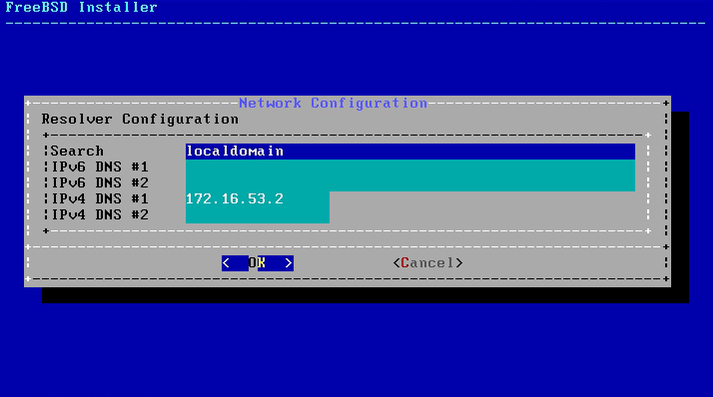
‘Enter’ to Confirm.
-
Set Clock.
UTC is Just a Good Choice!
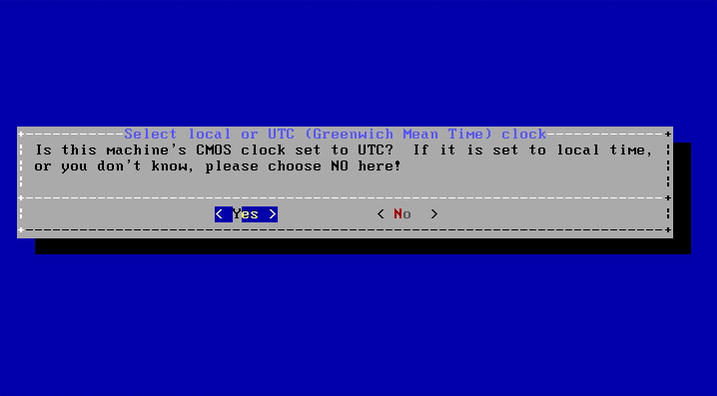
‘Enter’ to Confirm.
-
Set UTC Time Zone
Use thy Arrows to Choose your Continent.
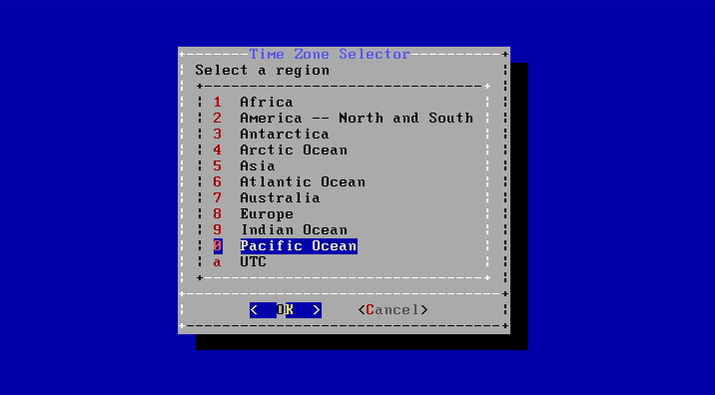
‘Enter’ to Confirm.
-
For US then Set also the UTC Time Country.
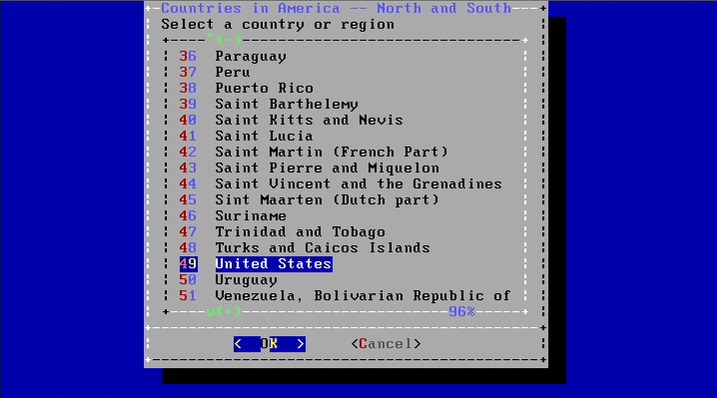
‘Enter’ to Confirm.
-
Then also the UTC Time Zone Country.
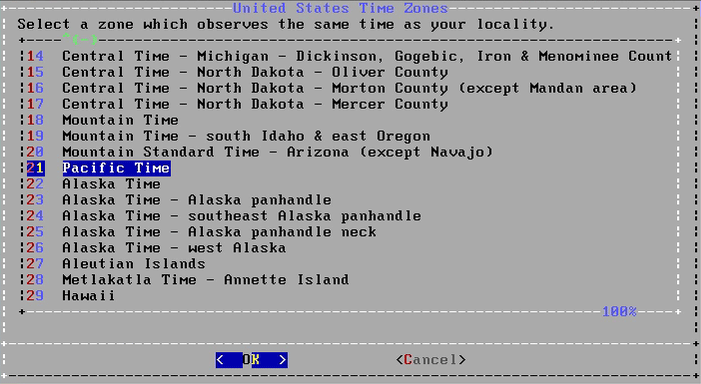
‘Enter’ to Confirm.
-
Set Boot Up Services
Space Bar to Make Selections.
Select Mouse to be Enabled on Shell and Synchronize Time.
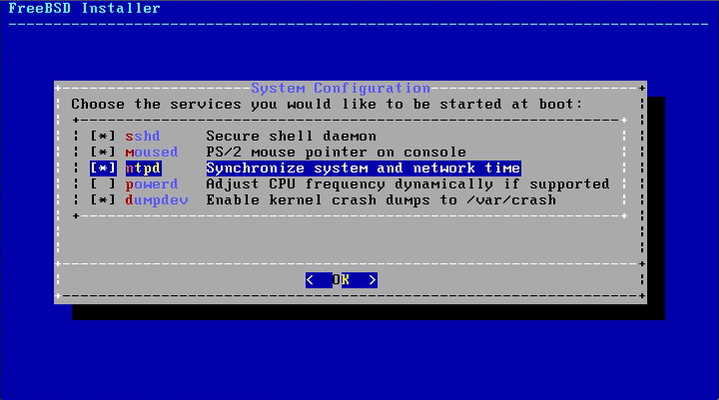
‘Enter’ to Confirm.
-
Adding Users.
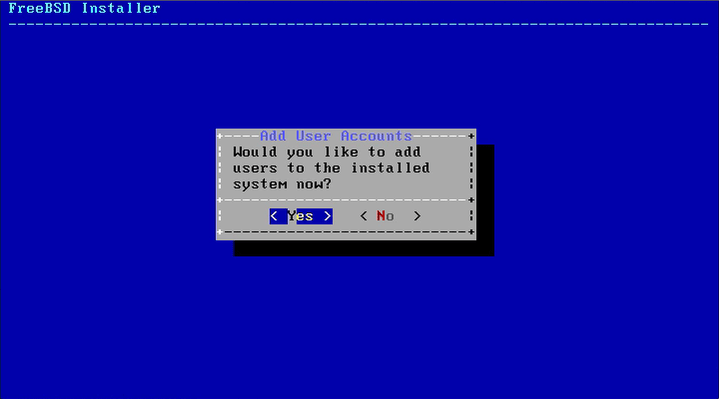
‘Enter’ to Confirm.
-
Setting Up New User
Possibly Take Note of the New User’s Pass.
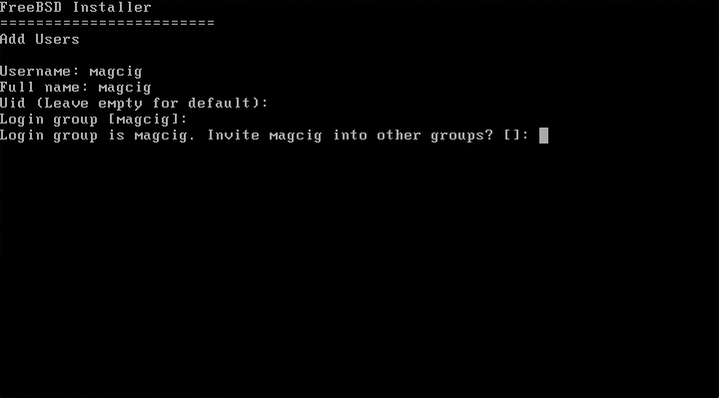
‘yes’ to Confirm for User Creation.
Then ‘no’ to Achieve the wizard.
-
Exit.
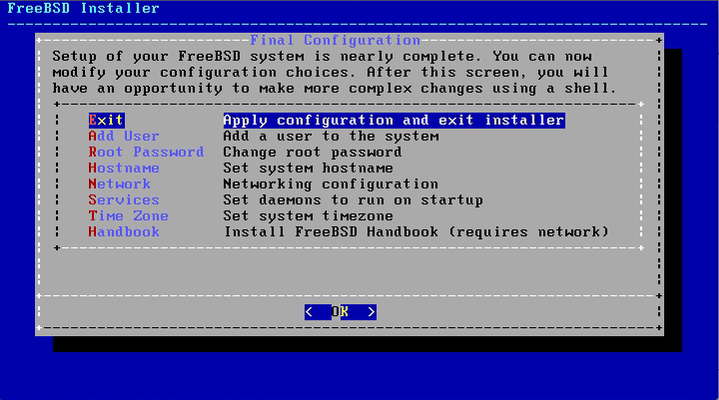
‘Enter’ to Confirm.
-
Possibly Open Shell for Packages and desktop SetUp.
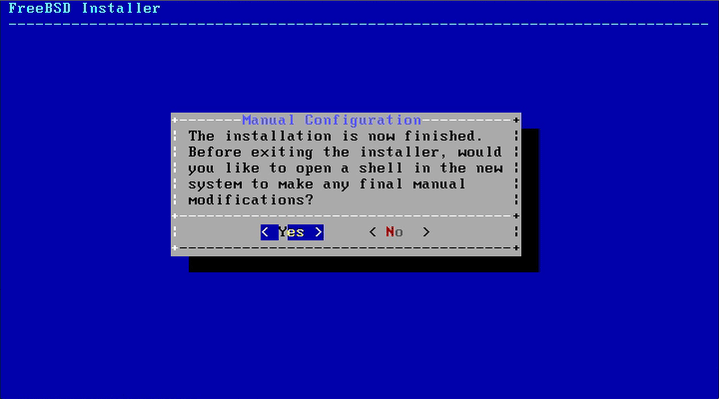
Getting Started Installing Packages and desktop on FreeBSD 10.
FreeBSD 10 Package Manager Initial SetUp
-
How to Install VMware Tools for FreeBSD 10.
VMware Tools Installation Guide
































